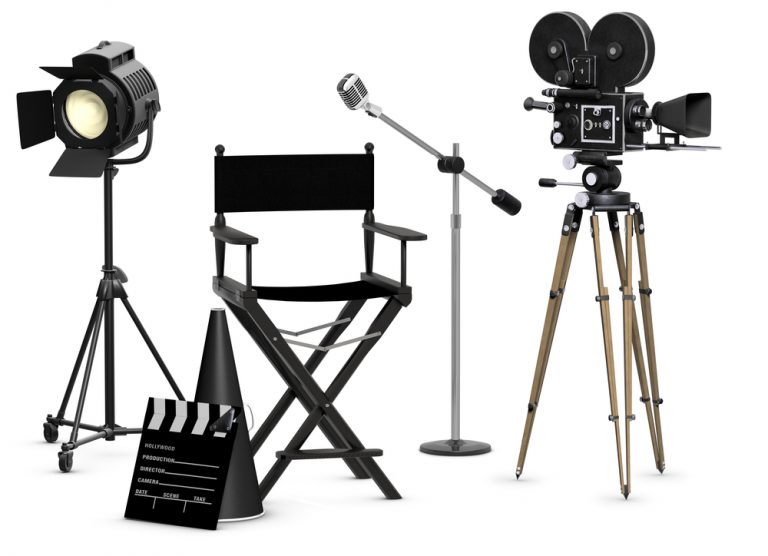
While many might see me as a director or a cinematographer, I see myself primarily as a filmmaker. Being a part of a studio project means playing a specific role in a vast mechanism, where each cog has a defined function. In certain parts of Europe, cinematographers are held in higher esteem than even directors. They’re viewed as the true artistic force behind a film. However, most of the time, filmmaking is a joint endeavor. While I embrace my role as a cinematographer, I won’t shy away from directing a film if it resonates with me.
The essence of what we do is enigmatic, which, in my opinion, works in our favor. Cinematographers have this unique advantage. Everyone believes they can write, direct, or edit, but very few feel they possess the skills to convey a narrative visually, using light and motion. Our craft remains shrouded in mystery. Consequently, we don’t often have producers micromanaging us, a luxury not always afforded to directors and writers.
I’ve set a personal standard: I won’t work on a film unless I’m willing to pay $10 to watch it in a cinema. Fortunately, I’ve often found projects that align with my tastes, and I can afford to wait for the right ones.
There’s a distinctive feel when you’re illuminating a well-crafted set adorned with the perfect wardrobe. If I find the lighting process challenging, it’s usually an indication that something’s amiss – perhaps a mismatched wall color or an out-of-place outfit. The more harmonious the elements within a frame, the less effort is required on our part. I always lean towards simplicity, using minimal lights and equipment.
Technically, I wouldn’t call myself an expert. My knowledge about the intricate workings of a camera or the nuances of gamma curves is fairly limited. What truly matters is my vision. I understand my tools just enough to achieve my desired outcome. If I encounter something unfamiliar that’s vital to the project, I make it a point to learn it then and there.
I believe that only about half of a cinematographer’s role revolves around the actual filming. The remaining portion hinges on effective communication. It’s crucial to foster clear channels of communication with the director, crew, and producers. Being personable can make all the difference in collaborations, as it can inspire and motivate the team. Naturally, the quality of your work is paramount, but there’s a lot more that goes into achieving that. As a cinematographer, you should inspire directors to push boundaries and assure them about their creative choices. This requires a blend of experience and effective communication.